Brain
Anatomy of the Brain
The human brain is a complex organ that serves as the center of the nervous system in all vertebrate and most invertebrate animals Read More. It is located in the head, usually close to the sensory organs for senses such as vision Read More. The brain is the most complex organ in a vertebrate's body. In a human, the cerebral cortex contains approximately 14–16 billion neurons Read More, and the estimated number of neurons in the cerebellum is 55–70 billion. Each neuron is connected by synapses to several thousand other neurons.
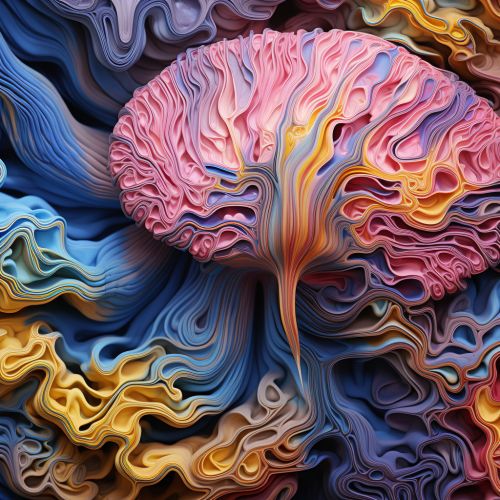
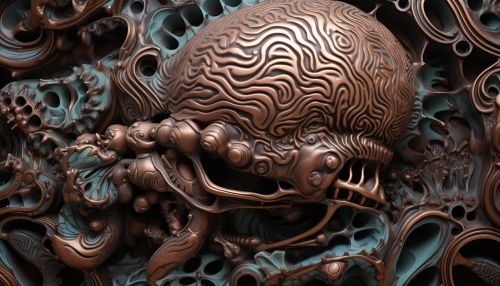
Structure of the Brain
The brain is composed of the cerebrum, cerebellum, and brainstem Read More. The brain is divided into three main parts: the forebrain, midbrain, and hindbrain. The forebrain consists of the cerebrum, thalamus, and hypothalamus (part of the limbic system). The midbrain consists of the tectum and tegmentum. The hindbrain is made of the cerebellum, pons, and medulla. Often the midbrain, pons, and medulla are referred to together as the brainstem.
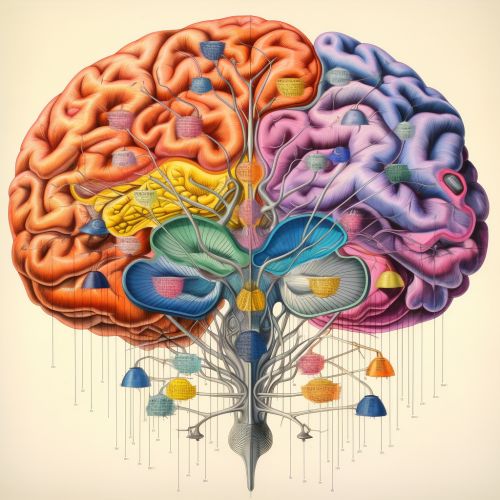
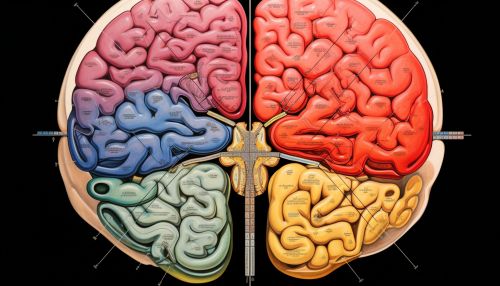
Functions of the Brain
The brain controls the other organ systems of the body, either by activating muscles or by causing secretion of chemicals such as hormones and neurotransmitters Read More. This centralized control allows rapid and coordinated responses to changes in the environment. Some basic types of responsiveness such as reflexes can be mediated by the spinal cord or peripheral ganglia, but sophisticated purposeful control of behavior based on complex sensory input requires the information integrating capabilities of a centralized brain.
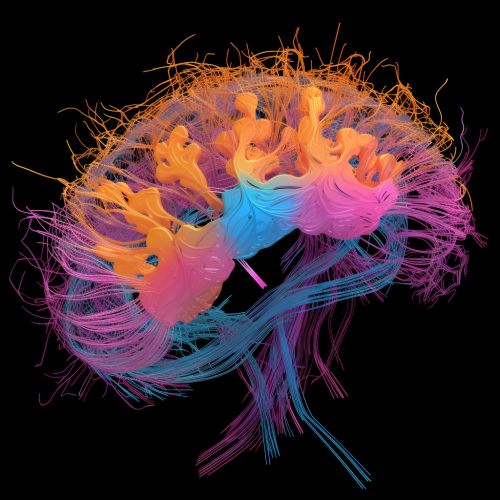
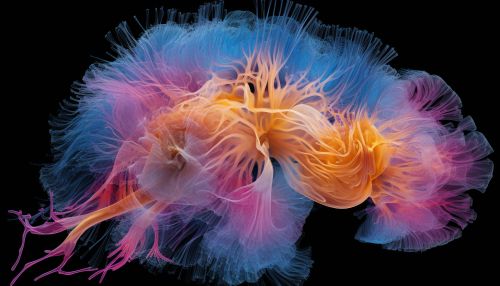
Brain Health and Disorders
Brain disorders include any conditions or disabilities that affect your brain. This includes conditions that are caused by illness, genetics, or brain injury. Some of the most common brain disorders include neurodegenerative diseases like Alzheimer's and Parkinson's. Mental health conditions, such as depression and anxiety disorders, also affect the brain Read More.
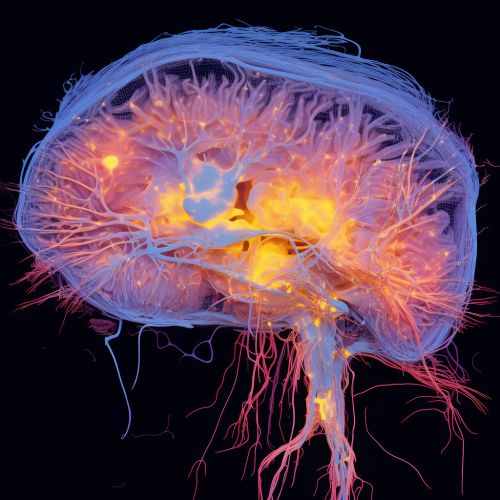
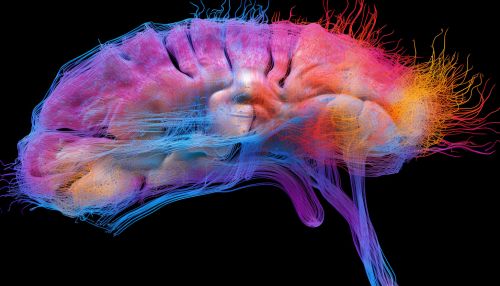
Brain Research and Studies
Research in the brain sciences has expanded our understanding of how the brain grows, works and changes over time. Researchers are investigating the effects of the environment, including physical activity, diet and stress, on the brain. They are studying how thoughts, behaviors and emotions are represented in the brain. They are exploring the genetic and biochemical bases of brain development and function. And they are looking at how the brain changes during aging and in Alzheimer's and Parkinson's diseases Read More.
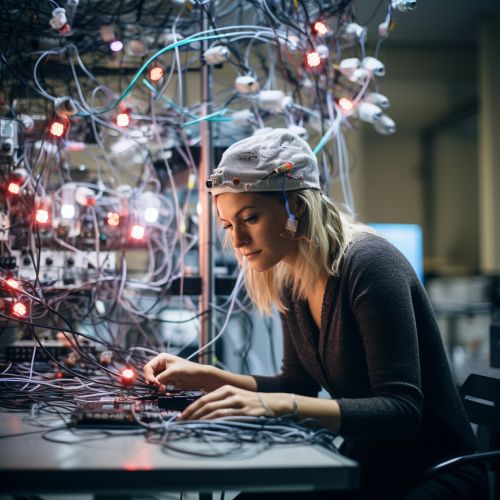
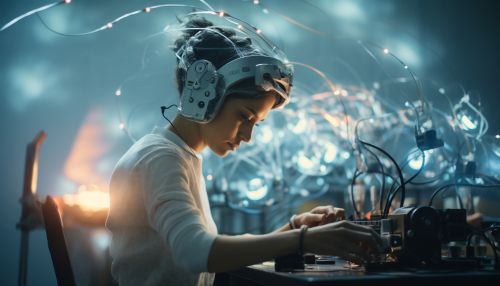
See Also
References
1. "The Human Brain". Neuroscience. 2nd edition. Sunderland (MA): Sinauer Associates; 2001. 2. "Brain Facts and Figures". University of Washington. Retrieved 2020-11-10. 3. "Brain Disorders". National Institute of Neurological Disorders and Stroke. Retrieved 2020-11-10. 4. "Brain Research". National Institute of Mental Health. Retrieved 2020-11-10.
